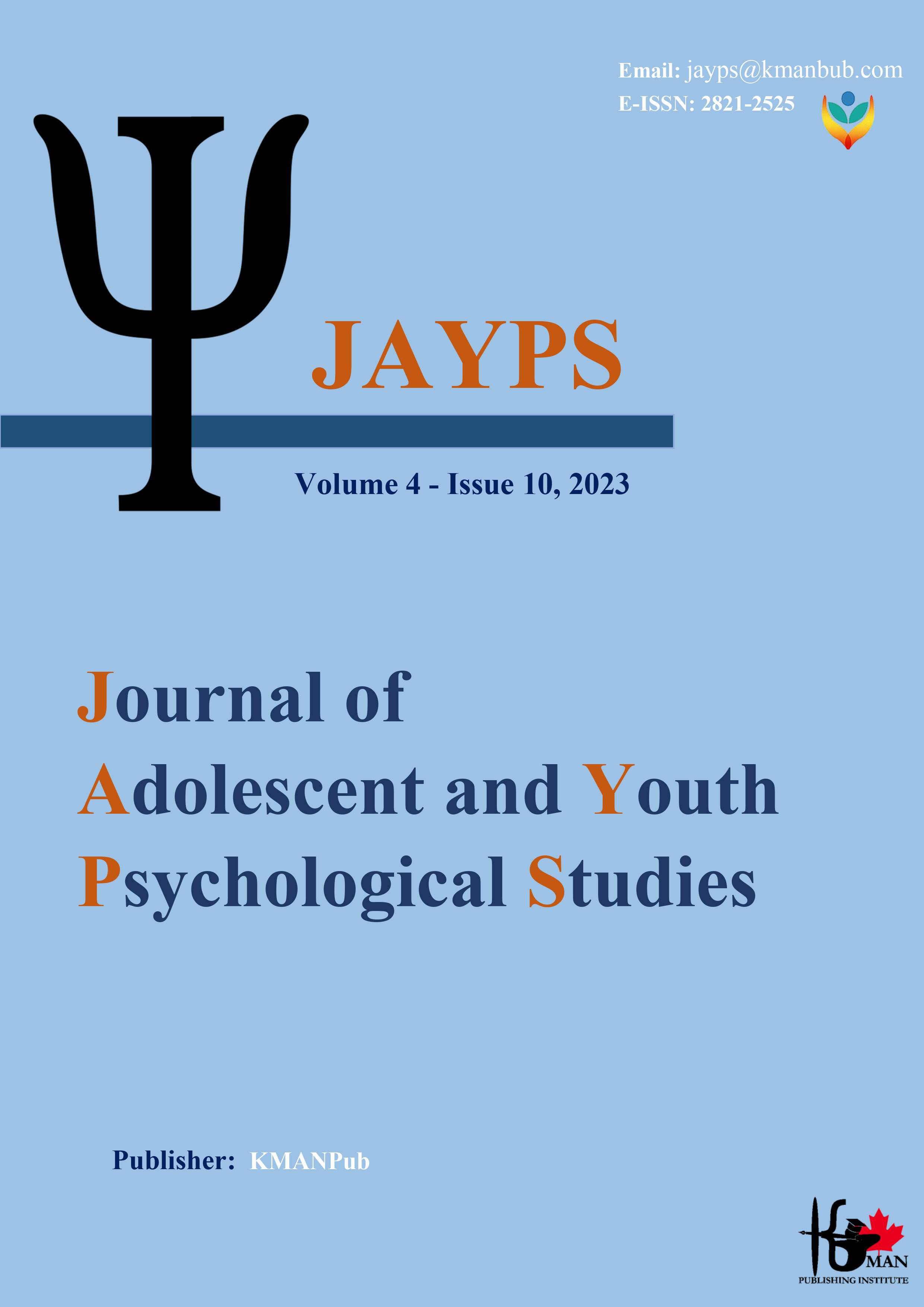Providing a training model for producing electronic content to prepare teachers to teach in the virtual space of schools
Keywords:
Electronic content production, virtual space, teaching, teachers, elementary schoolsAbstract
Background and Aim: Virtual education is one of the types of education that has shown its role in recent years, especially during the Corona period. Therefore, the aim of the current research was to provide a model of electronic content production training for preparing teachers to teach in the virtual environment of elementary schools in Bushehr province. Methods: The current research method was mixed (qualitative-quantitative) and practical in terms of execution method. The qualitative research community included university experts of Bushehr in the academic year of 2020-2021-, of which 40 people were selected based on the rule of theoretical saturation and with the purposeful sampling method. The statistical population of the quantitative part included 552 university professors in Bushehr city in the academic year of 2020-2021, and the sample size was determined based on Cochran's formula of 225 and selected by random sampling. The tools of the qualitative part of the interview and the quantitative part of the questionnaire were made by the researcher. The validity of the qualitative part of the tool was done with face validity, and the reliability was 0.82 with the agreement coefficient between the coders. Also, in the quantitative part of the research, formal validity and reliability were obtained with Cronbach's alpha of 0.85. Qualitative part analysis was done by coding method in MAXQDA3 software and quantitative part was done by partial least squares method in Pls smart3 software. Results: In the qualitative section, 5 components (content, evaluation, technical infrastructure, planning and learning environment) and 41 indicators were identified for the e-learning model. Based on the results of the quantitative part, the factor load, which is the correlation coefficient between the implicit variable (e-learning) and the obvious variables in a model, is related to planning (0.74), content compilation (0.63), evaluation (0.58), technical infrastructure (0.51) and learning environment (0.5), respectively. Also, according to the results of structural equation modeling, the planning component with a coefficient of 0.42, content compilation with a coefficient of 0.21, evaluation with a coefficient of 0.18, technical infrastructure and learning environment with a coefficient of 0.14 respectively had the greatest effect on e-learning. E-learning is the necessity of the educational system in the future. Conclusion: It can be concluded that the first step is to ask professors and experts to identify and solve the challenges of e-learning and plan for the implementation of this system in the education system according to the components of content, evaluation, technical infrastructure, planning and learning environment.
Downloads
Downloads
Additional Files
Published
Issue
Section
License

This work is licensed under a Creative Commons Attribution-NonCommercial 4.0 International License.









